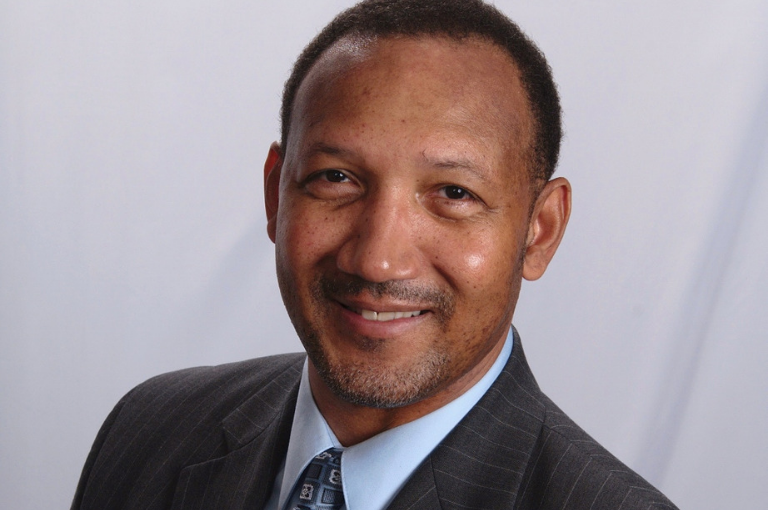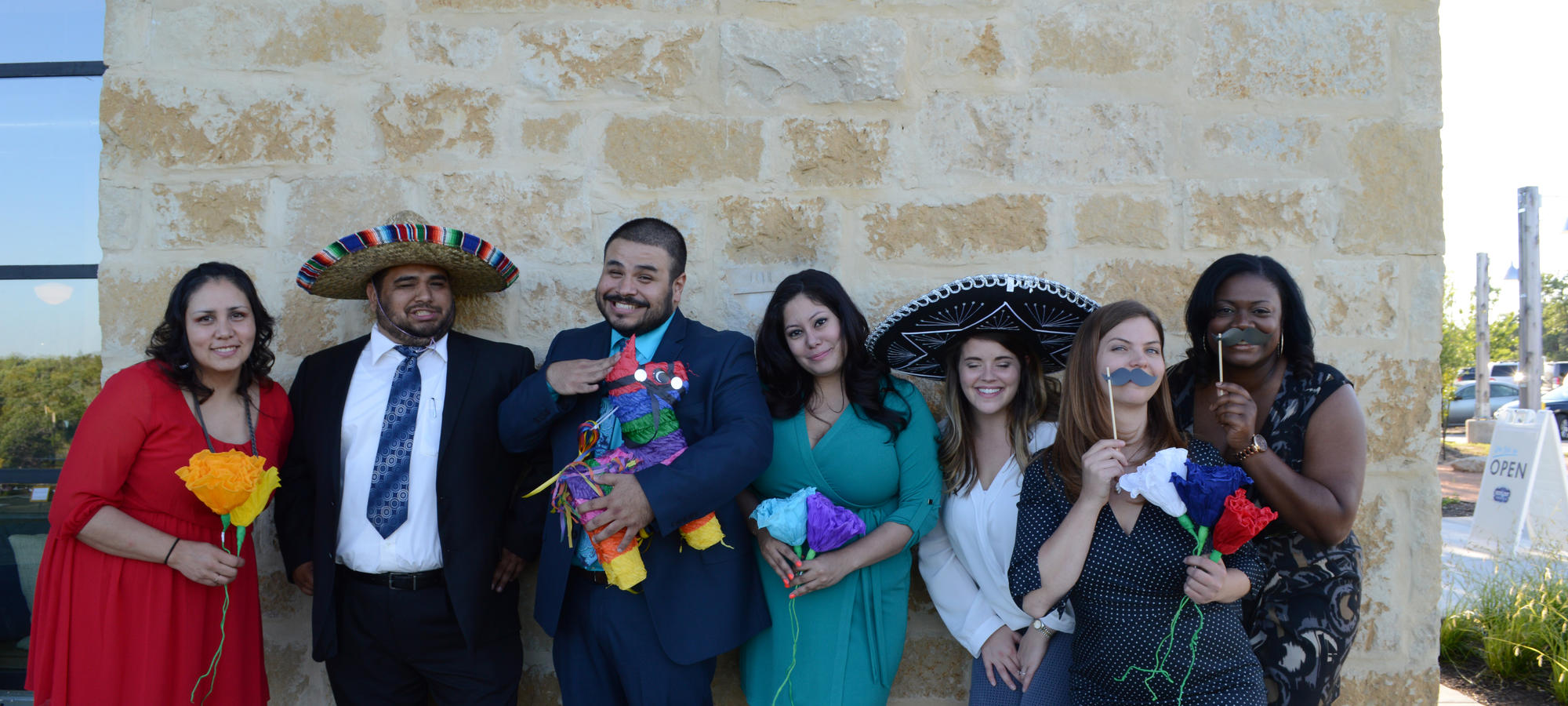Ready to work with us?
Sign for our monthly e-newsletter to be a BCL of Texas insider and stay in the loop on events, opportunities, and classes.


The State of Black Business and Our Economic Impact:
While entrepreneurship and small business ownership for minorities including African Americans has made some progress over the past 60 years, there is still much to be done. In his famed 1968 speech “I’ve Been to the Mountaintop,” to assert black independence, King called on followers to strengthen black institutions and businesses by moving their money away from the white-run business and banking establishments and depositing their dollars into black owned institutions. This idea, that buying and banking from black owned businesses would empower the black community and close the racial wealth gap, has been widely embraced, historically by a diverse array of Americans including Booker T. Washington, Marcus Garvey, Richard Nixon, and recently, by former President Obama.
But what is the state of black business in the United States today and have we made progress broad vs. incremental progress that many so expected?
Recent numbers indicate that we have 2.5 million U.S. black-owned businesses, which generate only $150 billion in revenue. Unfortunately, this represents negligible ownership and control over the nation’s productive capacity. For instance, in 2017, the top 100 black-owned firms identified by Black Enterprise collectively grossed $27 billion and employed 79,216 workers. While both numbers show growth of our black businesses from previous years, in contrast, Walmart, the top firm by revenue in the U.S., grossed more than twenty times as much in revenue and employed 2.2 million more workers than the entire top 100 black-owned firms.
The data is sobering and paints a daunting picture for entrepreneurship and small business for African Americans. According to the U.S. Census Bureau’s Survey of Business Owners (SBO), over 90 percent of Latino and black firms do not have even one employee other than the owners, and the proportion of owner-only firms reaches close to 98 percent for African American female-led businesses. When blacks do own a business, the return to that business is lower than that of whites and falls well short of closing the racial wealth gap.
Also, even if blacks had the same business ownership rate as whites, the question of the scale and profitability of the business still would be an issue.
Data from the Small Business Administration indicates that just over 19 million businesses, or 70.9 percent of all U.S. businesses, are white owned. Blacks own about 2.6 million businesses or 9.5 percent of all U.S. businesses, and Latinos own 3.3 million businesses or 12.2 percent of all American businesses. But the sales and employment numbers tell a more depressing story. The 19 million white owned businesses have 88 percent of the overall sales, and control 86.5 percent of U.S. employment, while black businesses have a mere 1.3 percent of total American sales, and 1.7 percent of the nation’s employees.
Latino businesses have 4 percent of U.S. sales and 4.2 percent of U.S. employment.
But here is a clue, businesses with paid employees have a much greater economic impact than those without employees. The annual sales of businesses without employees are on average only a fraction of the sales of businesses with employees. While there are some firms without employees that are very successful financially, the majority are not. Sixty-seven percent of firms without employees had annual sales of less than $25,000. Any profits these firms made—if they did make profits—would only be a fraction of the total sales. This means that many firms without employees do not make enough to keep their owners and their owners’ families out of poverty if the firm is the owner’s sole source of income. On the other hand, a majority (57.9 percent) of businesses with paid employees had annual sales of more than $249,999. It is more likely that these firms are earning profits for their owners.
The solution: Get the business to $250K through the use of strong trusted guidance and support from lenders and community development financial institutions (CDFIs). Once the $250K threshold number is achieved, the business exhibits greater potential to increase hiring of employees and extended growth is possible.
The State of Black Wealth Through Entrepreneurship:
Entrepreneurship has long been praised as a route to eliminate racial wealth gap. For at least three decades, gurus, black and white, have told people if they only left salaried employment and struck out on their own, they could create a path to wealth. This solution has neither been borne out by the evidence on a larger scale over time, nor has it proven to be accurate advice under current circumstances.
Here is what we know. The racial wealth gap is large and shows no signs of closing. Recent data from the Survey of Income and Program Participation shows that black households hold less than seven cents on the dollar compared to white households. The white household living near the poverty line typically has about $18,000 in wealth, while black households in similar economic straits typically have a median wealth near zero. This means, in turn, that many black families have a negative net worth.
At the other end of America’s economic spectrum, black households constitute less than 2 percent of those in the top one percent of the nation’s wealth distribution; white households constitute more than 96 percent of the wealthiest Americans. Moreover, even among the nation’s wealthiest households, extreme differences persist on the basis of race.
Here is the bottom line. The 99th percentile black family is worth a mere $1,574,000, while the 99th percentile white family is worth over 12 million dollars. This means over 870,000 white families have a net worth above 12 million dollars, while, out of the 20 million black families in America, fewer than 380,000 are even worth a single million dollars. By comparison, over 13 million of the total 85 million white families are millionaires or better. Blacks, while constituting just under thirteen percent of the nation’s population, collectively own less than three percent of the nation’s total wealth.
To combat this wealth issue, robust black entrepreneurship will require an environment where the racial wealth disparity already has been confronted and altered directly. Greater black wealth, and hence financial capital, is the vital prerequisite for black entrepreneurship to assist in the wealth divide. Or better stated: “Having wealth must beget wealth.” A key solution is financial capability coaching and advocating for better income and wage parity.
So here is this writer’s bottom line: The key to assisting black businesses in their development and growth lies in leveling the terrain of racial wealth differences and increasing black access to capital in the first place.
Has progress been made in our quest for business growth in certain industries, yes, regardless of what the data states, the examples like the BE 100 still set the bar on what we can do in regard to economic impact through business and banking and wealth creation?
Are we there yet completely? No, but we are still moving forward as we have done for over 200 years.
About the author:
Brian K. Marshall is the Director of Entrepreneurship at BCL of Texas and is a certified small business consultant with the Association of Accredited Small Business Consultants. His program’s mission is to “Equip and empower entrepreneurs and small owners with trusted guidance and access to capital.”
Suite 500 Austin, TX 78701 P: 512.912.9884 F: 346.301.5752 NMLS #1114924
Suite 1220 Dallas, TX 75208 P: 214.688.7456 F: 346.301.5752 NMLS #1114924
Suite 2 San Marcos, TX 78666 P: 512.383.0027 NMLS #1114924
